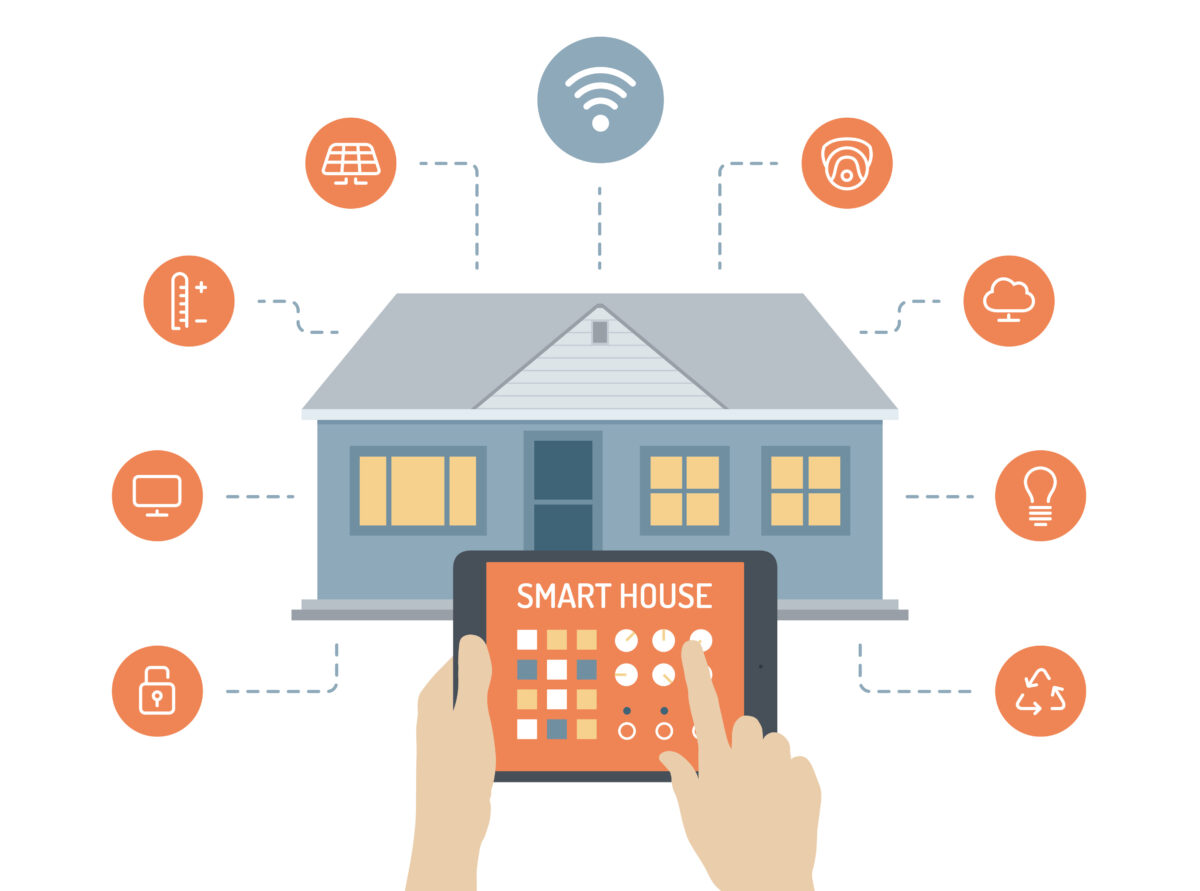Imagine coming home from a rough day at work in a heated house which is also playing your favourite music, and your ‘smart kitchen’ is all set up to start cooking – it is all possible. The idea of artificial intelligence (AI) intruding into our homes is not new, but it is developing rapidly – AI can learn and predict the needs of a user. Besides, it can contribute to better control of one’s energy and water use. Here, I will outline the (dis)advantages of a smart meter and its contribution to a smart home.
Smart speaker technologies such as Amazon’s Echo (Alexa), Google Home, and Apple’s HomePod (Siri) have all made first steps through their voice interaction competencies, with Google Nest making the first steps towards its smart thermostat. These devices can all be linked to a smart meter. When this smart meter is installed in a visible location, they can serve as a reminder and motivator for homeowners to monitor their energy use.
In the end, human involvement will scarcely be needed since all smart home technologies will grow into interconnectedness and will become more intelligent. With integrating AI in these technologies, the systems will adapt intelligently to the needs of the homeowner – with an approach relating to the behaviour and historical preferences. Here, you can think about opening windows and sunshades, turning on/off lights, regulating cooling and heating, and hot water systems. For example, in times of hot weather, AI technologies could decide to open a window when the outside temperature is desirable, or they can start cycling the air conditioning. Besides, what the appropriate temperature should be can be based on the person that is home and in which room they are located.
However, what happens when your internet connection fails? You cannot take control of the smart home technology without a good, strong internet connection. Besides, it is very costly to implement all these technologies and create a smart home. Since smart home devices communicate with each other, these devices send all kinds of data over the internet. Privacy will not be that much of an issue for lights, but this is different for smart cameras or voice recordings of smart speakers.
As I said before, these technologies are developing rapidly. Smart meters can be better programmed to maximize efficiency when they become more advanced. They can do amazing things, but you should also be aware of the risks.
I am really curious to see what will happen next. What do you think? Please share your thoughts and let’s discuss!
References
Philip, R.E. (2020). How AI and IoT can help to make smart home. [Online] Available at: https://medium.com/@rohithaelsa/how-ai-and-iot-can-help-to-make-smart-home-5133d050505f [Accessed on 7 October 2020]
Saberi, O., & Menes, R. (2020). Artificial Intelligence and the Future for Smart Homes. [Online] The World Bank. Available at: https://www.ifc.org/wps/wcm/connect/6fc5b622-05cb-4ee9-b720-ab07591ac90e/EMCompass-Note-78-AI-Smart-Homes.pdf?MOD=AJPERES&CVID=n0S3dro
Smarthomeweb (n.d.). Smart home nadelen die je zelf kunt tackelen. [Online] Available at: https://www.smarthomeweb.nl/smart-home-nadelen/ [Accessed on 7 October 2020]


